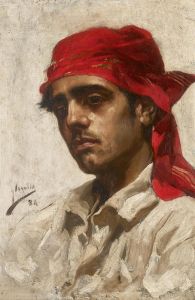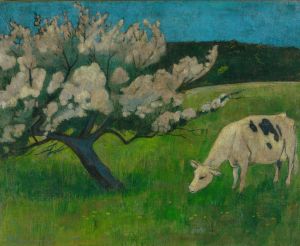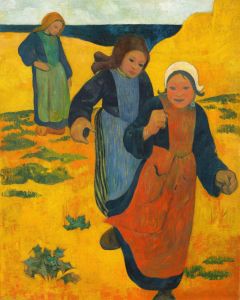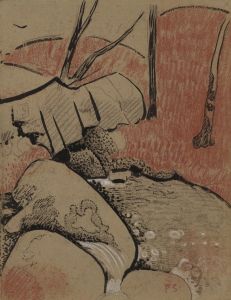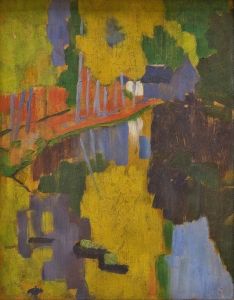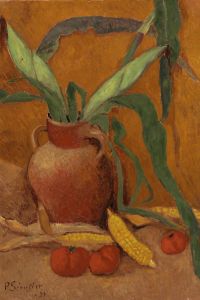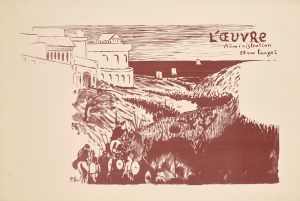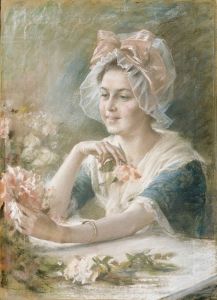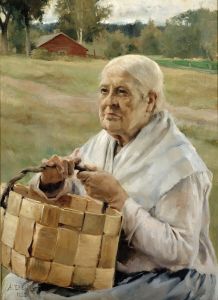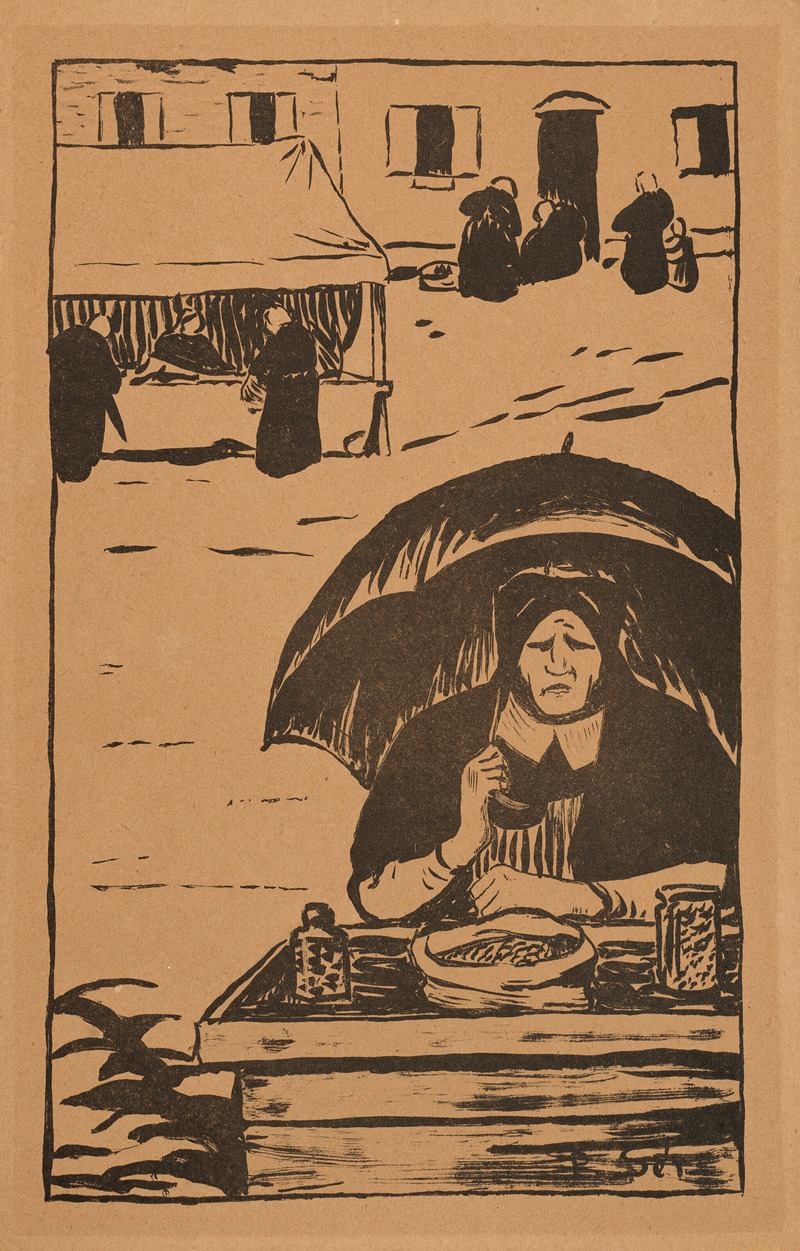
La Marchande de bonbons
A hand-painted replica of Paul Sérusier’s masterpiece La Marchande de bonbons, meticulously crafted by professional artists to capture the true essence of the original. Each piece is created with museum-quality canvas and rare mineral pigments, carefully painted by experienced artists with delicate brushstrokes and rich, layered colors to perfectly recreate the texture of the original artwork. Unlike machine-printed reproductions, this hand-painted version brings the painting to life, infused with the artist’s emotions and skill in every stroke. Whether for personal collection or home decoration, it instantly elevates the artistic atmosphere of any space.
Paul Sérusier was a French painter associated with the Post-Impressionist movement and a founding member of the group known as Les Nabis. His work, "La Marchande de bonbons" (The Candy Seller), is one of the many pieces that exemplify his unique approach to color and form, influenced by his interactions with other avant-garde artists of his time.
"La Marchande de bonbons" was created during a period when Sérusier was deeply involved with Les Nabis, a group that sought to break away from the naturalism of Impressionism and explore more symbolic and abstract forms of expression. The Nabis were inspired by the synthetist style of Paul Gauguin, which emphasized flat areas of color and bold outlines. Sérusier's work often reflects these principles, and "La Marchande de bonbons" is no exception.
The painting depicts a scene that is both everyday and slightly mystical, a characteristic feature of Sérusier's work. The subject, a candy seller, is portrayed in a manner that emphasizes the decorative and symbolic over the realistic. Sérusier's use of color is particularly noteworthy; he employs a palette that is vivid and expressive, using color not just to depict reality but to convey emotion and mood. This approach aligns with the Nabis' belief in the spiritual and symbolic power of color.
Sérusier's technique in "La Marchande de bonbons" reflects his interest in Japanese prints and medieval art, both of which influenced the flatness and stylization seen in the painting. The composition is carefully balanced, with a focus on harmony and rhythm, another hallmark of Sérusier's style. The figures and objects in the painting are outlined with bold contours, a technique that Sérusier adopted from Gauguin and further developed in his own work.
The painting is also significant for its exploration of everyday life through a lens that elevates the mundane to the level of art. By choosing a subject like a candy seller, Sérusier invites viewers to find beauty and meaning in ordinary experiences. This reflects a broader trend in late 19th-century art, where artists began to focus on scenes of daily life, imbuing them with a sense of significance and depth.
"La Marchande de bonbons" is housed in a private collection, and as such, it is not as widely accessible as some of Sérusier's other works. However, it remains an important piece within his oeuvre, illustrating his contributions to the development of modern art. Sérusier's work, including this painting, continues to be studied for its innovative use of color and form, as well as its role in the transition from Impressionism to more abstract and symbolic forms of art.
Overall, "La Marchande de bonbons" exemplifies Paul Sérusier's artistic vision and his role as a pioneer of modern art. Through his work with Les Nabis and his exploration of new artistic techniques, Sérusier helped pave the way for future generations of artists seeking to express the intangible through color and form.





